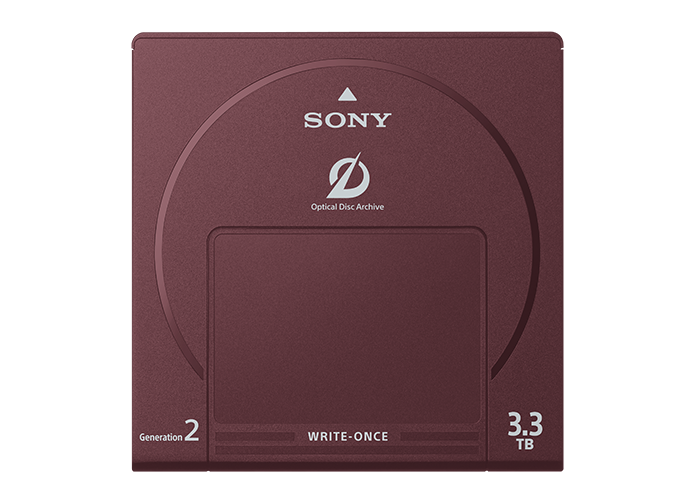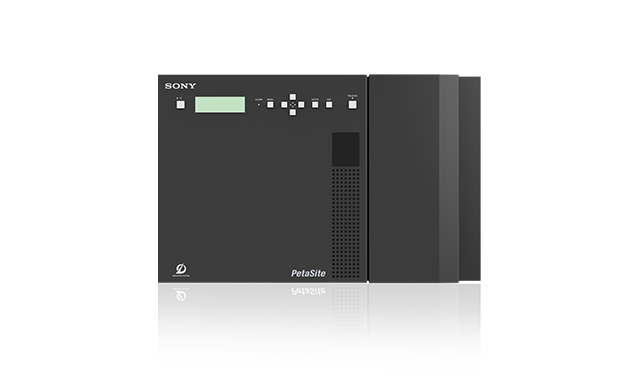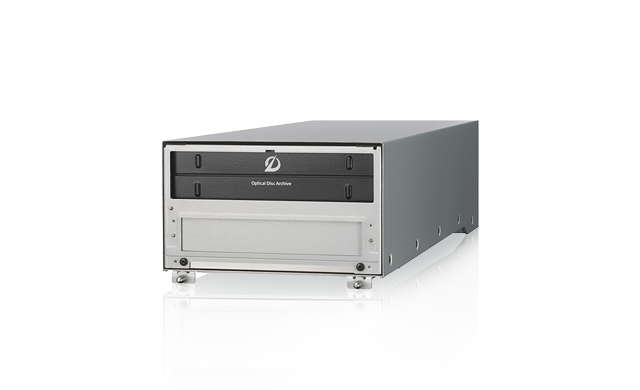Kindai University stores personal genome data with Optical Disc Archive
Kindai University’s Faculty of Medicine sought a secure, dependable long-term storage solution to archive confidential medical data.

- Faculty of Medicine needed easy-to-use solution to store large volumes of genetic data
- Required physically secure solution to meet legal obligation for protection of individuals’ personal clinical information
- ODS-D280U Optical Disc Archive standalone drive
- ODS-L30M PetaSite Optical Disc Archive 30-slot master library unit
- ODS-D280F Optical Disc Archive fibre channel drive unit
- Patient data from medical research projects archived on high-capacity Optical Disc Archive cartridges
- Extremely long storage lifespan exceeds fifteen year requirement for clinical trials
Contact us for more information
We needed something that could store the massive volume of data produced by the nextgeneration sequencer genome analysis device, with a high level of security.
Dr. Kazuko Sakai,
Graduate School of Medical Sciences, Kindai University
A world-class centre of academic excellence
One of western Japan’s largest universities, Kindai University features in the top 4% of institutions according to the THE World University Rankings 2020.
Based in Osaka, the university’s Faculty of Medicine is making extensive use of genome analytical information to enhance the care of patients in an initiative called the ‘Kindai Clinical Sequence’.

Making data storage simple for research staff
In 2017, the faculty adopted Optical Disc Archive technology by Sony for the long-term data storage of this genetic information.
“We were looking for a durable long-term storage medium” states Dr. Kazuko Sakai at Kindai University’s Graduate School of Medical Sciences. “Most researchers are ‘wet-lab’ people, and we don’t have a dedicated bioinformatician on site. We needed a medium that wasn’t too hard for our researchers to handle. We also needed something that could store the massive volume of data produced by our next-generation sequencer genome analysis device, with a high level of security.”
Confidential protection of patient information
“Before ODA we were using external hard drives and NAS (Network Attached Storage) to store this analytic information”, explains Dr Sakai. “We were stacking up multiple units because each device did not have enough recordable capacity. In addition, we faced the requirement for a solution with extra security, since this data is now regarded as ‘special care-required personal information’, according to latest rules regarding the Protection of Personal Information in Japan. We needed to keep those drives in a locked location after storing the data.”
“We are obliged to store research data in accordance with the Japanese Ministerial Ordinance on Good Clinical Practice for Drugs” Dr Sakai emphasizes. “For multinational clinical trials we need to follow guidelines which often require storage of data for 15 years.”


The scalable, secure long-term solution
“The reason we chose Optical Disc Archive (ODA) was its ability to store data for over fifteen years” confirms Dr Sakai. “There are usually several research projects going on in parallel. With ODA, we can store data from each project on a dedicated cartridge, instead of mixing them up in a single storage. Each cartridge can store 3.3TB (NB: capacity of second-generation media) which is quite a volume. In the past, management of storage media was always an issue – but now all we need to do is add cartridges.”
“We now find it very useful to store data from multiple ongoing projects on separate ODA cartridges” Dr Sakai concludes. “We would like to continue using Optical Disc Archive in this manner in the future.”










